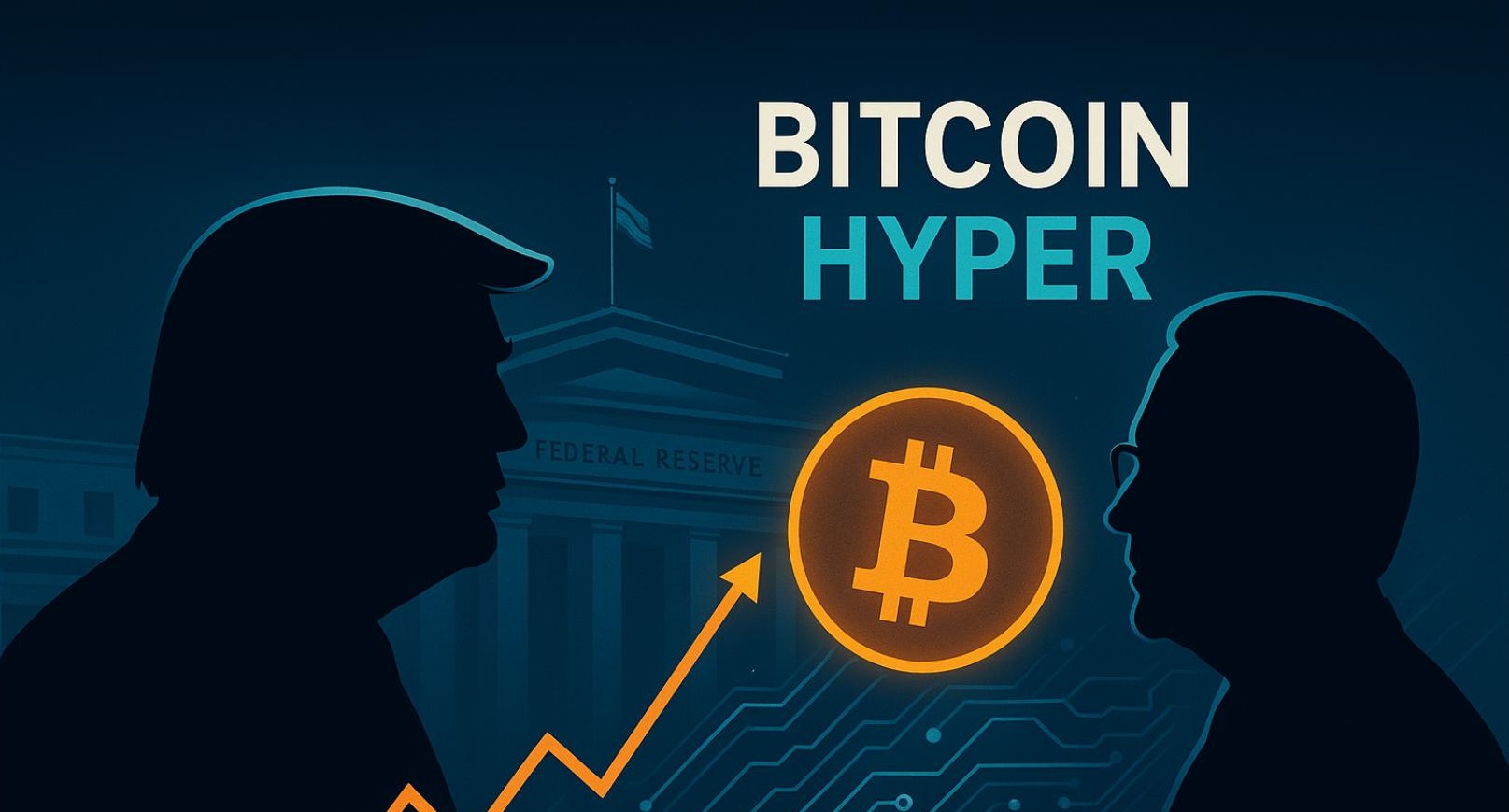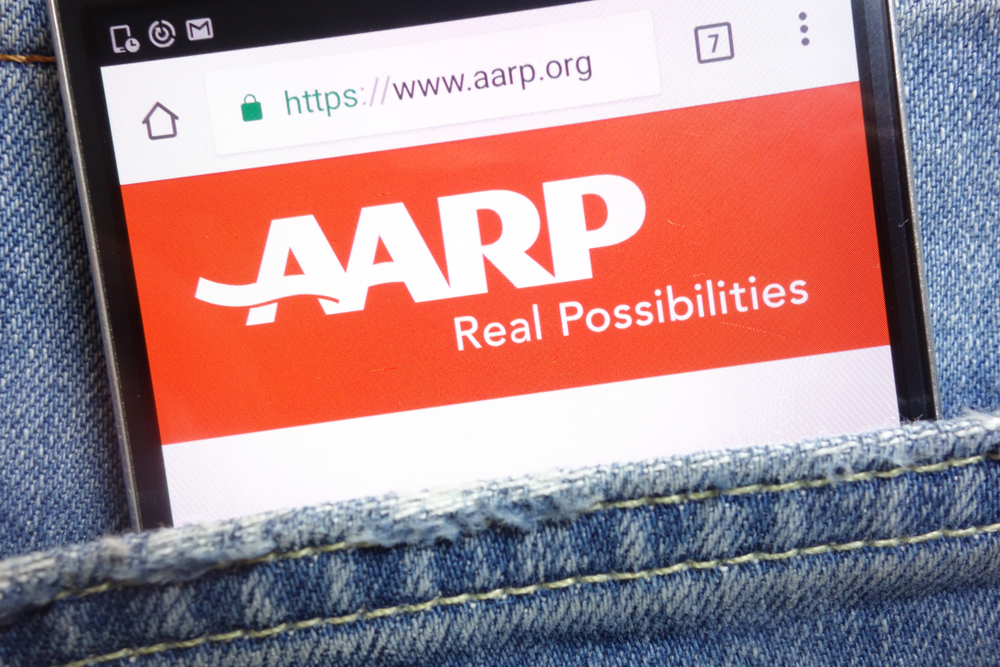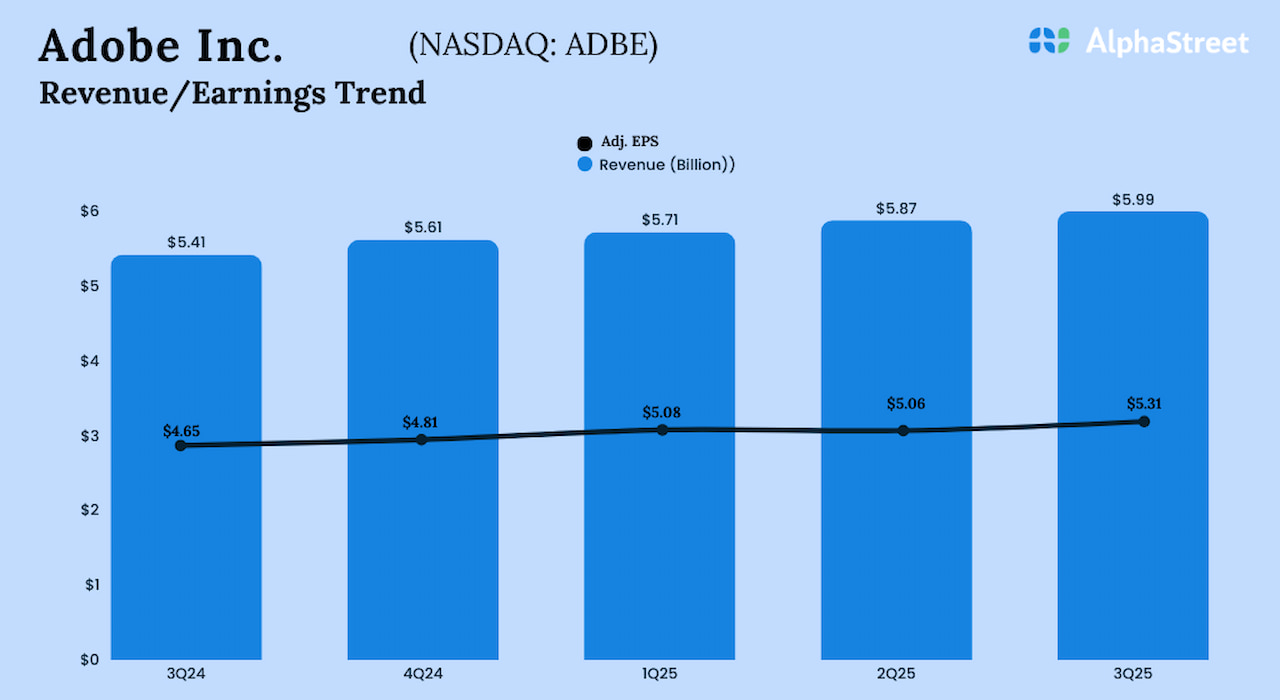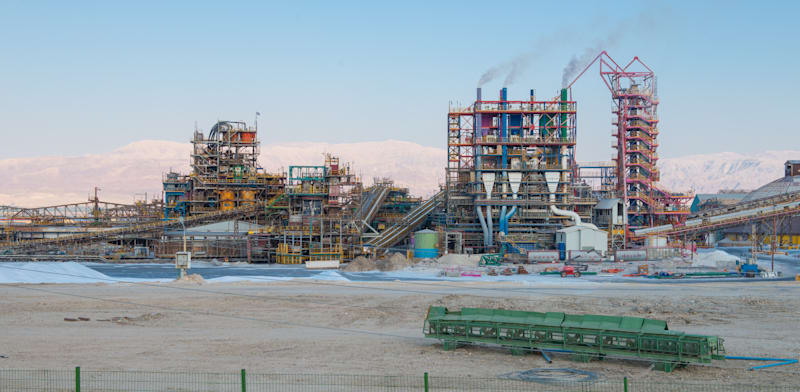Elon Musk recently revived the “51 % renewables” benchmark, stating that the energy backing Bitcoin “can’t be faked.”
The reference is to his earlier promise that Tesla would resume accepting Bitcoin payments once at least half of mining energy came from clean or low-carbon sources.
However, now that the latest data suggests the network may have crossed that threshold, Tesla still hasn’t re-enabled BTC checkout. Why?
Has Bitcoin passed the bar yet?
According to the Cambridge Centre for Alternative Finance’s 2025 Digital Mining Industry Report, sustainable energy now powers approximately 52.4 % of surveyed Bitcoin mining activity.
Of that, 42.6 % is from renewables (hydro, wind, solar, etc.) and 9.8 % from nuclear or other low-carbon sources. In parallel, fossil fuel contributions have shifted: natural gas now accounts for 38.2 % (up from ~25 % in 2022), and coal has fallen to 8.9 % (down from ~36.6 %).

If Musk’s promise is taken literally, Bitcoin may already exceed the 51 % “sustainable energy” bar, at least as measured by Cambridge’s survey of firms that cover roughly 48 % of global mining capacity.
But this is only half the story. The wording matters: Musk has referenced renewables (50 %) in earlier comments, though in later tweets he says “51 % renewable” or “energy you can’t fake.” The Cambridge figure lumps renewables + nuclear; the pure renewables share is lower (42.6 %).
So, BTC may still fall short depending on the rigidity of Musk’s definition.
Moreover, the Cambridge approach is survey-based and covers only a subset of miners. Off-grid operations, curtailed renewables, regional idiosyncrasies, and temporal mismatches (when renewables produce more or less relative to mining demand) complicate the picture.
Alternate models, such as those based on grid carbon intensity or energy tracing, often yield more conservative estimates of renewable share. That divergence means even a nominal “pass” is subject to debate.
So why hasn’t Tesla flipped the switch?
Even granting that Bitcoin may now qualify under Musk’s sustainability test, Tesla has not re-enabled BTC payments. Several pragmatic and symbolic hurdles remain.
The first is due diligence. Musk previously stated that Tesla would only restart payments once he saw “reasonable (~50 %) clean energy usage … and a trend toward increasing that number.” That wording implies he is looking for persistence, not a one-off data point.
A single report showing 52 % sustainable energy may not satisfy his requirement for a verified and sustained upward trend in Bitcoin’s energy mix.
Another factor is definition clarity. Tesla would need to decide whether “sustainable” includes nuclear and low-carbon sources or strictly renewables like hydro, wind, and solar. The Cambridge data combines these categories, but Musk’s earlier phrasing referenced renewables specifically.
Without a universally accepted definition, any decision to resume BTC payments risks being accused of greenwashing.
There is also the issue of merchant and market risk. Accepting Bitcoin exposes Tesla to price volatility, complex accounting treatment, and potential regulatory complications.
Even if the company immediately converts BTC receipts to fiat, fluctuations between order placement and settlement introduce financial uncertainty that may not be worth the effort for a car manufacturer operating on thin margins.
Brand optics add another layer. Tesla’s image is built on environmental credibility, and even a minor backslide in Bitcoin’s energy profile could trigger backlash from investors and ESG-minded customers. The company may prefer to err on the side of caution rather than face renewed criticism if mining activity shifts back toward fossil-heavy regions.
Finally, operational integration cannot be ignored. To bring Bitcoin payments back online, Tesla would need to rebuild wallet infrastructure, transaction pipelines, and conversion mechanisms. That requires engineering resources and internal approvals: steps that are far from trivial for a global manufacturer already balancing multiple product launches and software initiatives.
Taken together, these factors suggest that clearing the 51 % renewable threshold is not enough on its own. For Musk, the test seems to be as much about confidence, consistency, and perception as about raw data. Until those align, Tesla’s checkout page is likely to stay crypto-free.
What this means for adoption
From a narrative standpoint, Musk’s reengagement wields influence. If Bitcoin can credibly cleave to a cleaner energy mix and major commercial counterparts like Tesla begin transacting again, it would reinforce a more sustainable narrative for crypto.
Yet Tesla’s continued off-chain status despite claims suggests Musk views the promise as conditional, not automatic. The test is as much about optics, risk control, and narrative as it is about simple metrics.
For now, Bitcoin’s claimed “51 %+ sustainable” status offers a compelling rebuttal to critics, but until checkouts return, it remains more of a symbolic win than a commercial one.




























